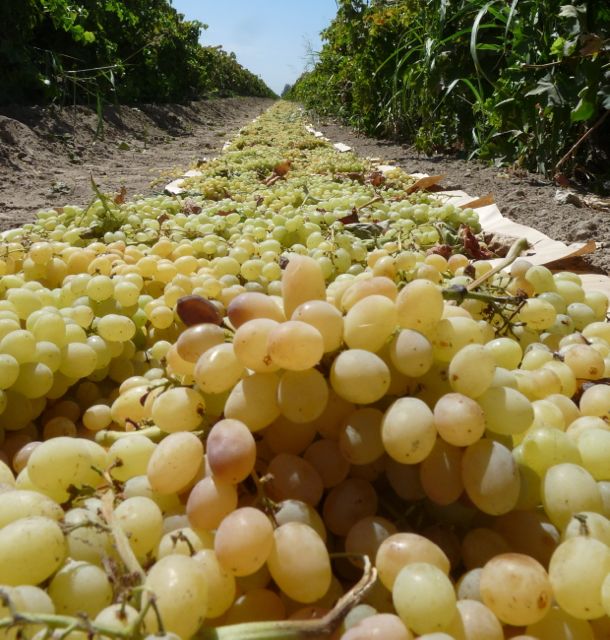Roger Isom: Probable Electric Rate Hikes Raise Concern for Ag
California Agriculture Concerned Over PG&E Increases, Overtime Rules
By Mikenzi Meyers, Associate Editor
Water, labor, and air quality issues in California keep growers’ plates full of challenges, but with probable PG&E rate increases in the future, it seems they can’t catch a break. Roger Isom, President and CEO of the Western Agriculture Processors Association and California Cotton Ginners and Growers Association, is among those wondering how the industry is going to compete.
“We’ve been paying for a lot of those safety upgrades. What happened? I mean, we’ve got to let the investigation take place, but to saddle rate payers with that amount of money, we just can’t do it,” Isom said of the threat of rate increases.
At the same time, the industry is still battling the effects of the Brown administration’s ruling on overtime.
“There are farm workers in 45 states that could work 20 hours a day, seven days a week, and never trigger overtime. We have to compete with that, and that’s just unacceptable,” Isom said.
Isom is optimistic about new appointments in California administration, though.
“You’ve got Jared Blumenfeld, who’s the new CalEPA Secretary. He was actually extremely helpful over there when we were working on incentives for replacing pumps and tractors,” Isom explained.
Isom also gave credits to Wade Crowfoot, who was on the previous administration and helped with port shutdowns.
“He’s going to hit up resources, which obviously with the water situation is a very critical agency for us. Seeing somebody over there that could be helpful is important,” he said.























